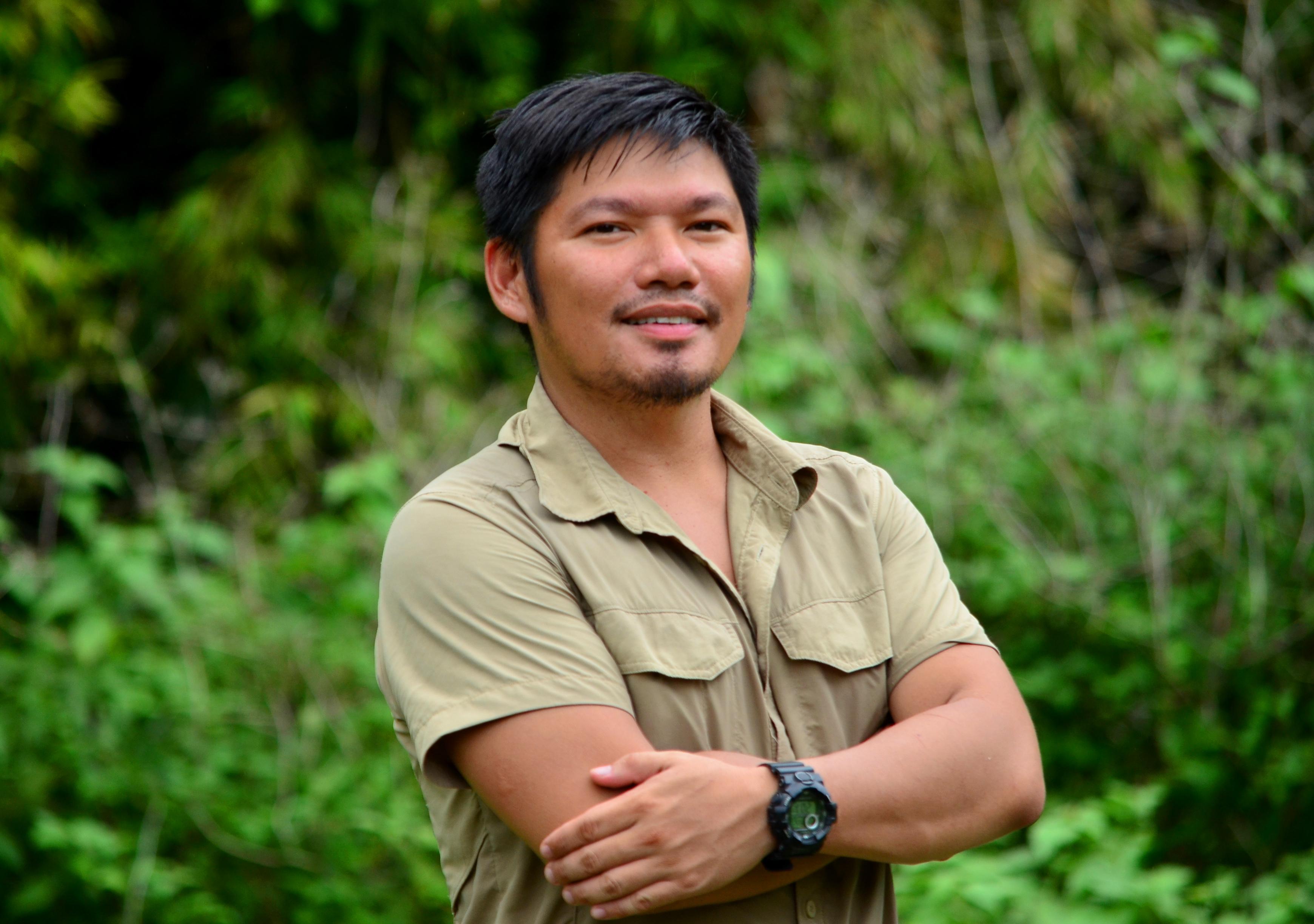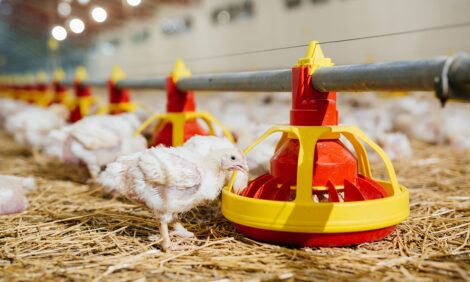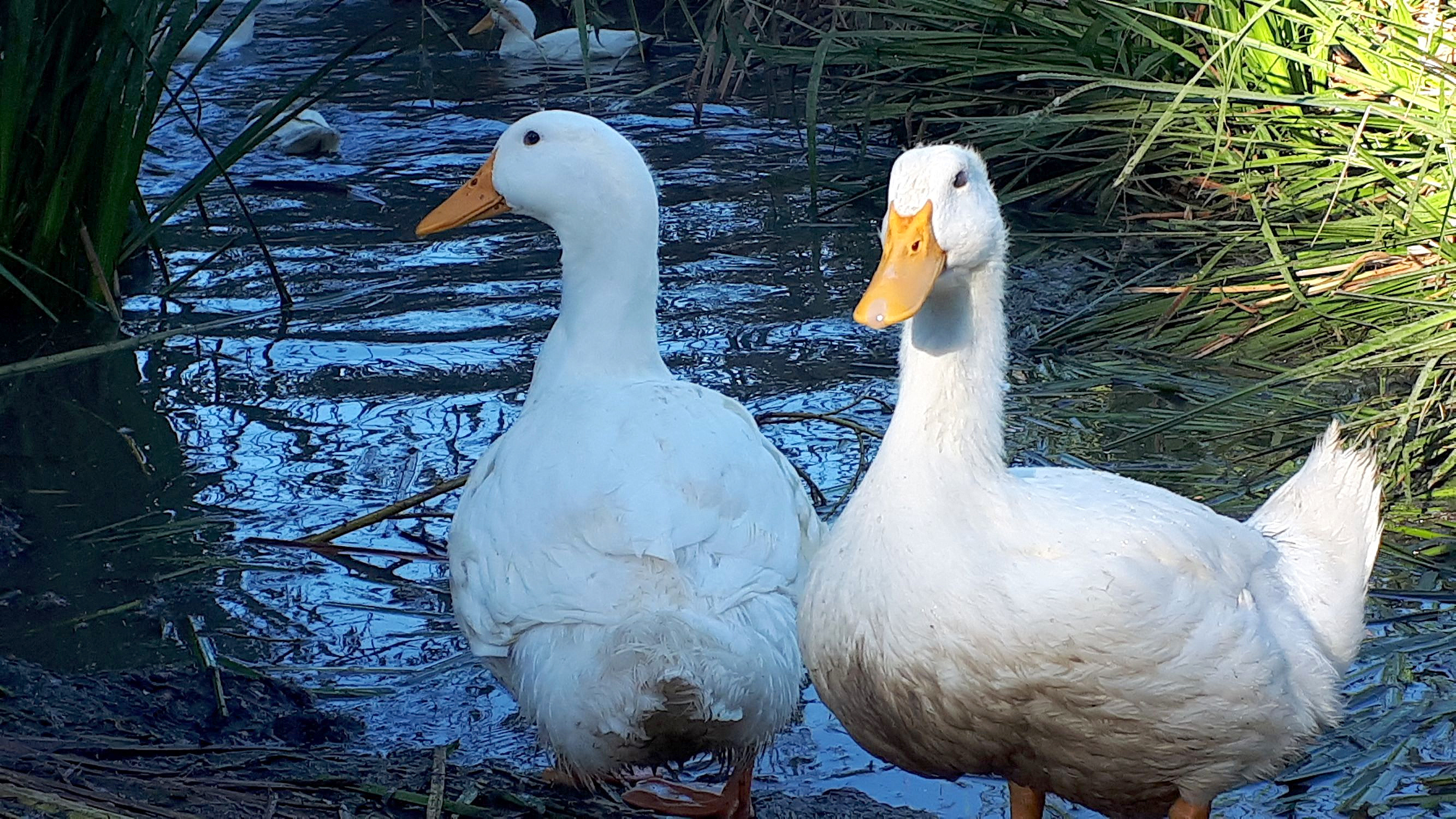



Time to 'give a duck': The Philippines duck industry
“My only son was able to study because of these duck eggs,” shares Balut peddler Ronald Isidro, opening a sky-blue styropor box to reveal a steaming cluster of eggs.Part of Series:
< Previous Article in Series
“My only son was able to study because of these duck eggs,” shares Balut peddler Ronald Isidro, opening a sky-blue styropor box to reveal a steaming cluster of eggs.
“I buy 60 to 120 eggs every day at PHP10 (.2USD) each, then I cook and sell each for PHP15 (.3USD). I earn as much as PHP600 (USD12) daily – enough to feed my family and pay for tuition.”
Ronald is just one of thousands of people whose lives and livelihoods depend on ducks, a Philippine poultry sub-industry run largely by smallholder farmers which ranks second only to chickens in both importance and volume.
Ducks have been honoured with a traditional folk dance called Itik-Itik, based on the comical movements of native mallards, locally called Itik. Throughout the quaint barrios and bustling cities of the Philippines, the broad-billed birds are served in three ways.
The first and most popular is as balut, fertilized duck eggs artificially incubated for around 18 days, 10 days short of hatching. This results in a partially-developed embryo complete with a crunchy but gross-looking beak and feathers, considered by many as a tasty aphrodisiac.
"My only son was able to study because of these duck eggs"
-Ronald Isidro-
Balut eggs are larger and darker than chicken eggs and are boiled or steamed. Infertile eggs are removed and sold by the same vendors as penoy, which costs less and tastes close to a soft-boiled egg. Pateros, the famed balut capital of the Philippines, now sources its eggs 80 kilometers away, from the lakeside town of Victoria in Laguna, recently visited by The Poultry Site.
Itlog na Pula or salted red eggs are almost as popular as balut and are eaten along with meat viands or salads. Commonly seen in stores and supermarkets, Itlog na Pula are made by fermenting duck eggs in a mixture of clay, salt and water for two to three weeks. The eggs are then boiled and dyed red to increase shelf life to over a month.
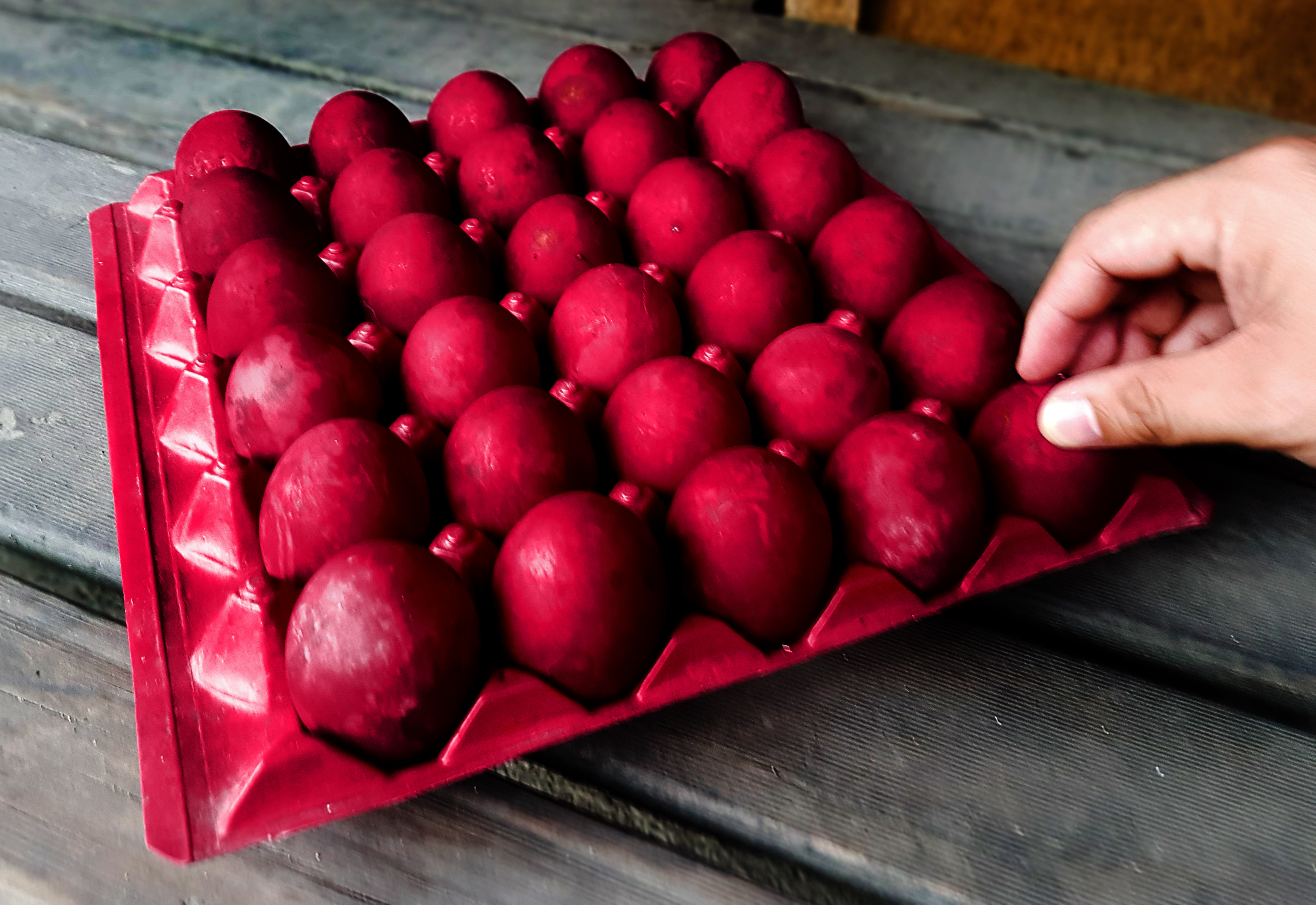
© Gregg Yan
Native mallards can lay up to 200 eggs yearly, with production declining after the second year. In 2017, annual egg-based production for the Philippine duck industry was estimated at 45,000 metric tonnes, roughly 10% of the country’s chicken egg volume of 492,406 metric tonnes.
The duck egg trade employs thousands of people and have become an inexpensive way to provide protein and calcium for many Pinoys.
Last is duck meat, with broiler or layer ducks harvested at different times. Native egg-laying Itik are usually culled and sold for PHP60 to PHP130 (USD1.2 to USD2.6) after 18 to 24 months, when their laying ability begins to wane. Premium broiler or meat-type birds such as Muscovy and Pekin ducks are sold for as much as PHP270 (USD5.3) per kilogramme. Larger, tougher and easier to raise than chickens, ducks are prized for their darker, juicier and tastier meat.
Free-range and poultry ducks
Locally called Itik, Pato or Bibe, ducks are a familiar sight in the Philippine countryside, waddling and quacking around ponds, rivers and homesteads.

Despite being ‘bonier’ than chicken, duck is definitely more juicy and tasty. The author had to ask for seconds! © Gregg Yan
They make excellent free-range animals as they are adaptable and have excellent foraging abilities. Farmers can take advantage of nearby ricefields and waterways as these offer swimming spaces plus an ample supply of supplementary food like rice hull, insects, fish, weeds and various types of freshwater snail – including introduced and invasive golden apple snails, which are wreaking havoc in Asian ricefields.
One to five month old ducks can optimally live in free-range settings. Corrals should be erected to protect against predators. They can be hewn from palm leaves, canvas, bamboo or netting with rice hull used as litter to keep the substrate dry and disease-free.
To ensure optimal health, free-ranged ducks should be fed various types of feeds, rice bran and molluscs to maintain weight and laying productivity.
When kept intensively in Kamalig or duck poultry barns, the layers’ welfare must always be prioritized.
A four-by-four meter bamboo structure with a flooring of rice hull can house around 80 adults, which can lay eggs from five to 24 months. Clean water should be provided by an easily-accessible outside trough while wooden boxes placed inside the structure provide ideal egg-laying spots.
It is an excellent idea to provide poultry-raised ducks with a swimming area, either an accessible earthen pond or an easily-constructed and cleaned raised concrete pond, half-a-meter deep and six feet long.
Despite being a mainstay of the poultry industry however, not all is well on the duck front.
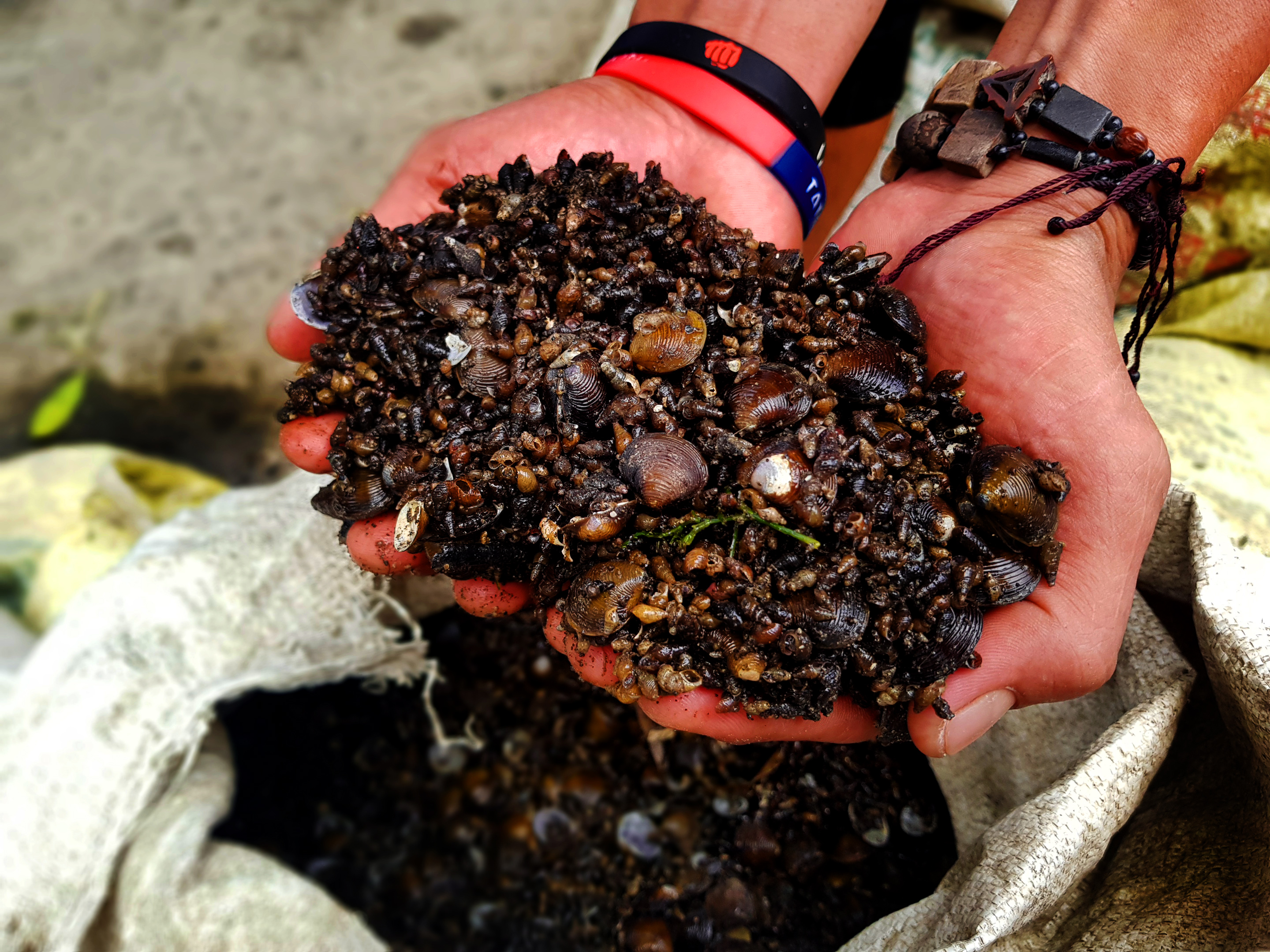
Sacks of molluscs including various species of snails and freshwater clams are harvested from nearby lakes and fed to ducks. A sack costs about PHP300 (USD6), providing ducks with vital calcium, necessary for egg-laying. © Gregg Yan
Climate change affecting production
“Climate change has been affecting our ducks’ egg-laying production,” explains Glenne Salamanca, who has been involved in his family’s itik farming business for decades. “Ten years ago Victoria was so cold in December that you’d need a jacket to go out and work. Now all I’m wearing is a jersey and it’s still warm.” Glenne’s family has been raising ducks and processing both Balut and Itlog na Pula for decades, but times have been hard. When The Poultry Site visited, only one of their small factory’s 10 large wooden incubators had any eggs in it.
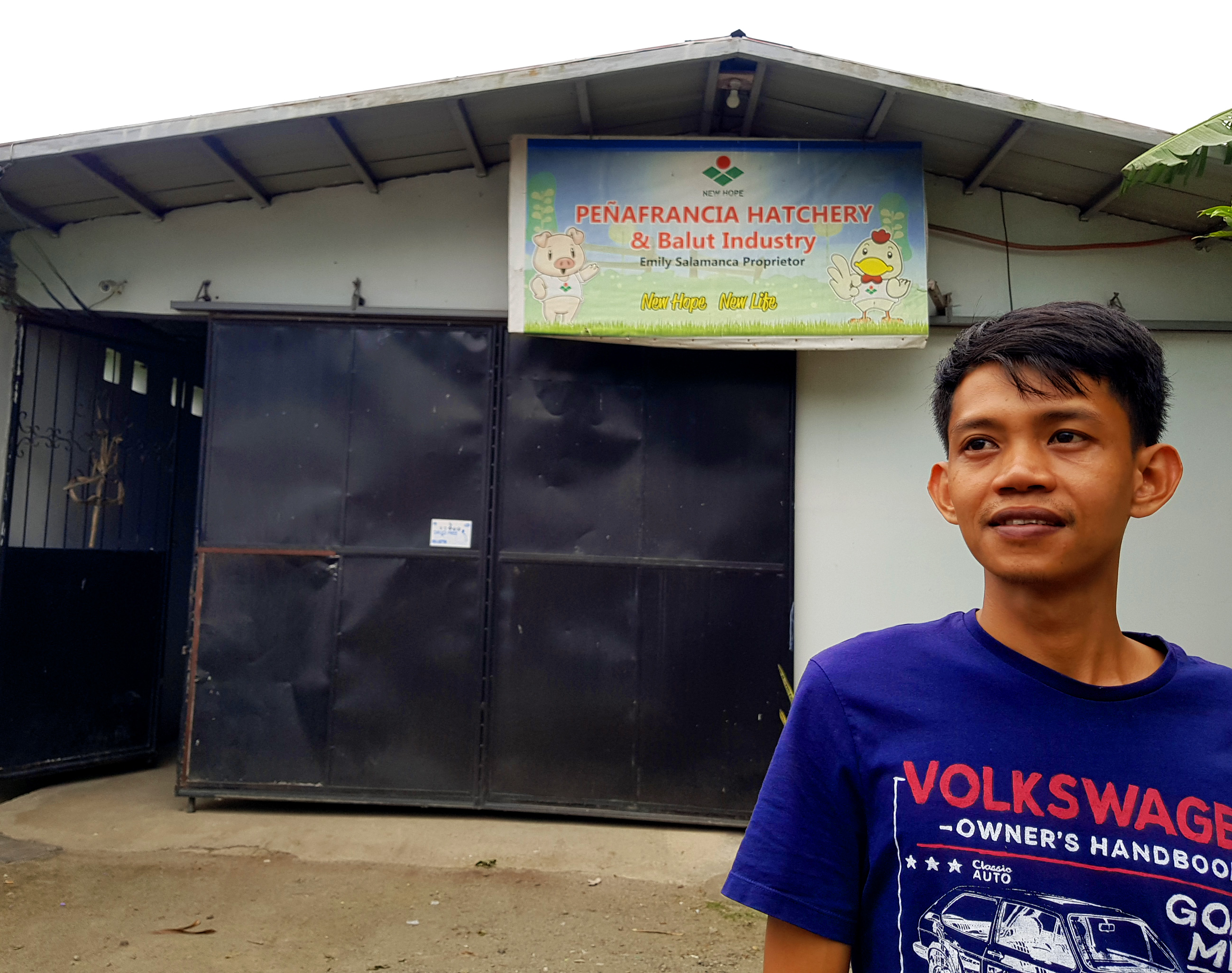
© Gregg Yan
Since 2010, laying productivity has been declining. “A thousand prime-aged ducks used to lay about 850 eggs a day, a productivity level of 85%. Given production costs, you can expect to earn about PHP1000 (USD20) a day from 1000 ducks. Now maybe because of the heat, productivity has dipped to 60%, even 50%. There are months when I don’t turn a profit at all, despite putting in lots of hard work.”

© Gregg Yan
Agustin Buenafe, who owns a mid-sized Itik
farm in Victoria, agrees. “We’re now seeing more ducks getting sick, especially in the farms ringing nearby Laguna Lake. As with all businesses, it’s still a risk – but my 2000-head farm is still producing about 1500 eggs daily. You just need grit and some cash reserves. The industry can still be profitable.”
In a world more and more reliant on chicken, it’s good to see the variety and distinctive flavour offered by ducks. Despite waddling only to second place, they’ll always be first in the hearts of Ronald, Glenne, Agustin and many others.







